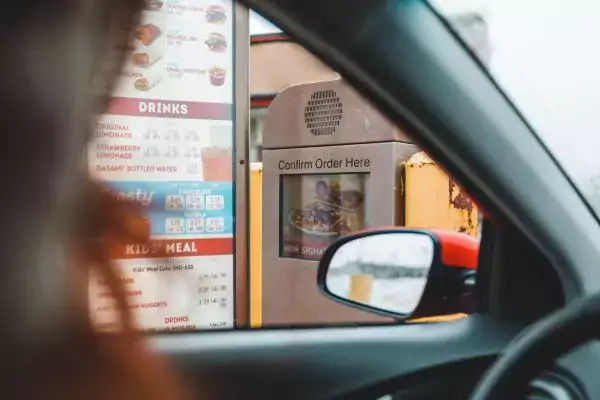On April 5, the U.S. Food and Drug Administration finalized the Sanitary Transportation of Human and Animal Food rule. This is the sixth rule of seven that implement FDA’s landmark Food Safety Modernization Act (FSMA). According to FDA, “the rule will require those involved in transporting human and animal food by motor or rail vehicle to follow recognized best practices for sanitary transportation, such as properly refrigerating food, adequately cleaning vehicles between loads, and properly protecting food during transportation.”
Quick History
The rule implements the Sanitary Food Transportation Act of 2005 (SFTA) as well as the requirement in section 111 of FSMA. The rule was proposed in February 2014 and builds on the transportation industry’s best practices for cleaning, inspecting, maintaining, loading and unloading, and operating vehicles and transportation equipment.What/Who is Impacted
The sanitary food transportation rule establishes requirements for shippers, loaders, carriers by motor or rail vehicle, and receivers. Limitations in the law exempt transportation by ship or air. The rule does not apply to companies who ship food through the United States by motor or rail vehicle if the food does not enter U.S. distribution. However, companies involved in the transportation of food intended for export are covered by the rule until the shipment reaches a port or U.S. border.Key Requirements
There are four key requirements of the Sanitary Transportation of Human and Animal Food rule.- Vehicles and transportation equipment must be suitable for the task. They must be able to maintain temperatures necessary for the safe transport of food.
- Transportation operations must account for food safety. Temperatures must be controlled, ready-to-eat-foods must not come in contact with raw foods, and foods must not have contact with allergens or non-food items.
- Personnel must be properly trained in sanitary transportation practices and the training must be documented. Training is required when the carrier and shipper agree that the carrier is responsible for sanitary conditions during transport.
- Records must be properly maintained for written procedures, agreements, and the aforementioned carrier training. Retention time for recordkeeping varies depending on the type of record and when the activity occurred; however, it does not exceed 12 months.
Penalties
Failure to comply with the Sanitary Transport Rule, including recordkeeping requirements, is a “prohibited act” under the Food, Drug & Cosmetic Act. Violations carry the risk not only of civil enforcement but also strict liability criminal penalties. A person who commits a prohibited act under the FD&C Act can be subject to misdemeanor and felony liability regardless of negligence and regardless of whether the person knew of the violation. A second misdemeanor is a felony. FDA intends to coordinate enforcement with the Department of Transportation and potentially with state personnel. As attorneys on Lexology.com point out: “[...] covered entities should clarify the scope of what might appear to be routine inspections… Companies that are covered by the new regulations should review their practices and procedures to ensure compliance and to avoid regulatory and litigation risks.”Why You Need Technology Today
In the age of technology, FSMA mandates such as the new sanitary transportation rule shouldn’t be as daunting. Technology exists to track shipments with GPS and digital thermometers can record temperatures of food. However, the rules can pose a problem when an organization doesn’t have a good grasp on accountability. At any given time, a carrier should be able to know whether or not its best practices have been followed. It should be able to measure compliance. Mobile software solutions like Zenput help ensure that crucial tasks are being completed and that your staff has the information they need to ensure best practices are being upheld. With Zenput, checklists can be assigned to managers at specific locations, and a bird’s eye view of compliance—who completed the task, who didn’t, and problems encountered—is readily accessible. Importantly, Zenput provides the opportunity to identify and address compliance issues before they go beyond your organization. The best part about this cloud-based technology is that no new devices are needed to implement it. The platform is readily accessible on a mobile device.Subscribe to our blog
You are now subscribed!


